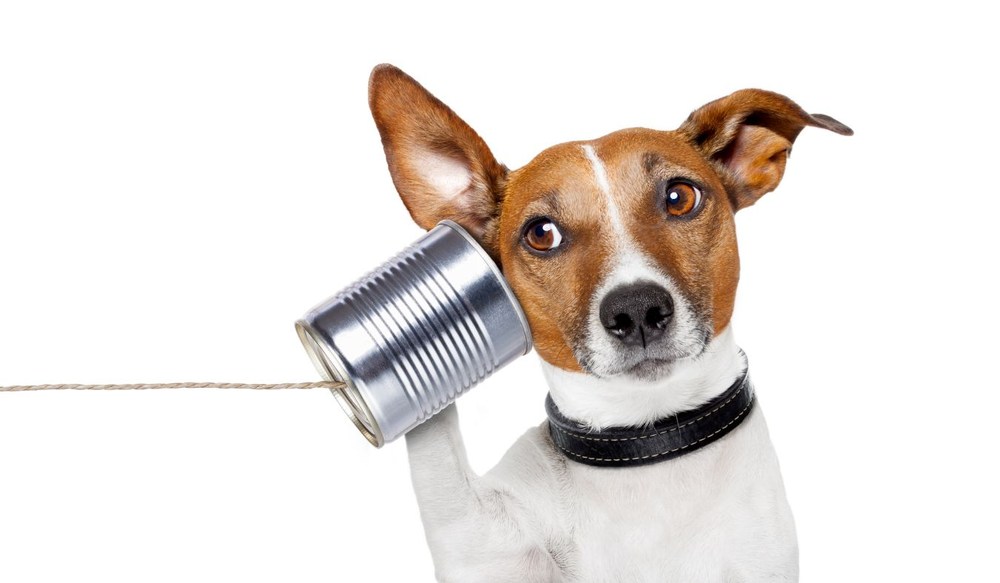How Wearables Help Monitor Your Hearing Health
Wearable technology has expanded beyond fitness tracking to include


Wearable technology has expanded beyond fitness tracking to include

Hearing care has made impressive progress over the years, from basic

Spring and summer bring their own unique challenges for hearing aid